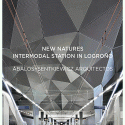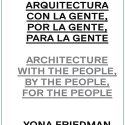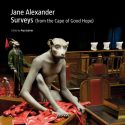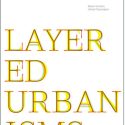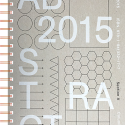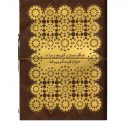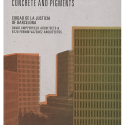Your Cart is empty
New Natures
Intermodal Station in Logroño
Inma E. Maluenda
Ábalos Sentkiewicz arquitectos
Monograph dedicated to the new Intermodal Station Logroño, Spain by Iñaki Abalos and Renata Sentkiewicz, tells how the authors started from the intention to exploit the underground of the tracks and the train station to create a memorable urban event. Under a single encompassing gesture, it doesn't only contribute functional benefits to the city of Logroño (a new high-speed railway and bus station), but specially allows to create a large pedestrian space, a park or artificial hill, culminating with uninterrupted pursuit of a new urban green ring where the tracks would separate the city in two. Among its contents, the book also includes an unpublished article by Stan Allen, interview with the editors, I. E. Maluenda and E. Encabo to Abalos and Senkiewicz, some specialized essays by T. Gala-Izard and M. C. Gutierrez as well as the photography by Jose Hevia of both the construction process and the finished project in its first phase.
Spanish edition

